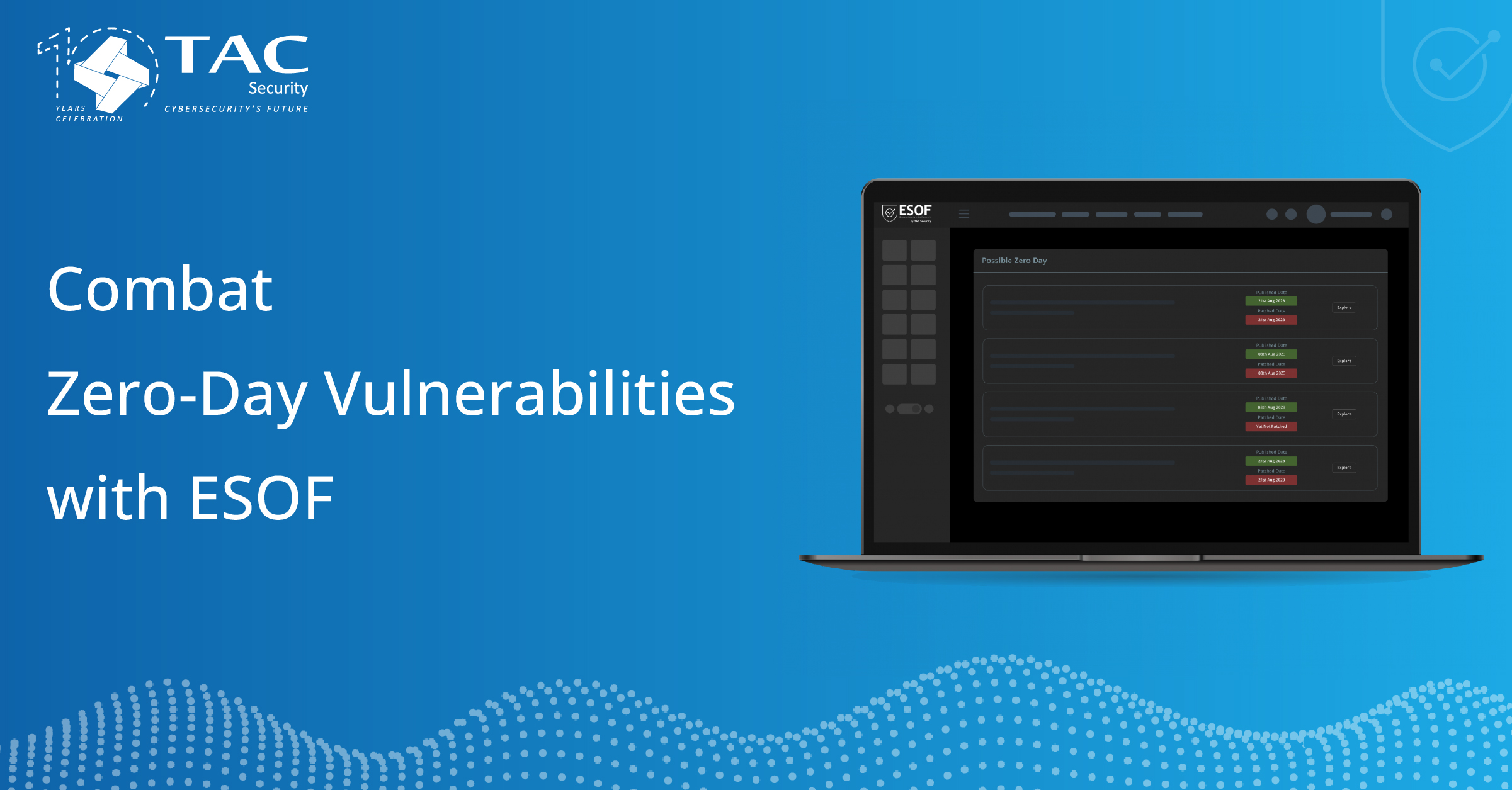
Description
It is a brand new year and now is the time to prepare your company for the next cyber security challenges.
In 2021, the rapid digitization of companies, driven by the pandemic, opened the door to major concerns, one of which was cybersecurity. The proliferation of hacker attacks, cyber threats, and information theft was massive and happened very quickly.
Companies found themselves at a time of vulnerability in the last year and, of course, cybercriminals took the opportunity to “extort” information and sell data for money.
Post-pandemic, businesses are looking to shield their digital assets from such malicious attacks and implement robust strategies and tools to help them be prepared against web dangers and risks. Furthermore, with the increase in the number and sophistication of security breaches, the implementation of legislation to protect consumers, putting security at the forefront of business decisions.
Let’s take a rundown at the predictions for cybersecurity entitled for the year 2022. The forecast is for more concerns about security, which should be at the center of the strategic efforts.
Cyber Security Predictions For 2022
1. Cyber insurance will become more popular and more comprehensive
2. Cyber insurance premiums will increase
3. Software supply chain attacks will become widespread
4. The ‘Great Resignation’ will increase insider threats
5. Criminal hackers will target mobile devices
6. There will be an increase in nation-state attacks
7. Password-less authentication will fail without multifactor authentication
8. Remote work will affect organisations’ security
9. Ransomware attacks will slow
Top Predictions for Look Out for Cybersecurity in 2022
#Regulation of Laws
By 2023, modern privacy laws will protect the personal information of 75% of the world’s population, according to Gartner. In several countries, the concern to develop legislation for data privacy is already a reality.
In the coming year, concern about these data protection laws will increase. Customers and business partners will want to know what data is being collected and how it will be used. This means that companies will focus more efforts on adapting and managing privacy, adjusting security operations by jurisdiction.
#Build a Security Mesh
This modern security approach is about deploying controls where they are needed most, providing greater management of advanced security policies, and extending controls to distributed assets – that are outside the corporate network.
According to Gartner, this is a flexible security solution that protects identities outside the organization’s security perimeter, which will improve telecommuting security. Because of this demand, the security mesh will be boosted over the next two years.
#Security Risk will be a Risk for Generating Business
Security will be a key factor in evaluating opportunities, investors and entrepreneurs will be more alert to cyber risks of their suppliers before and during new deals.
Gartner predicts that by 2025, nearly 60% of organizations will use cybersecurity risk as a primary determinant in conducting business transactions and engagements.
The trend is that requests for security programs, inquiries, and risk ratings will increase in the coming years, forcing companies to invest in data protection to generate new opportunities.
#Mobile Attacks
The spread of smartphones has made our personal and professional life easier, stimulating the development of a series of applications for communication, shopping, finance, and travel.
In addition, the shift to teleworking has led to an increase in employees’ use of mobile devices, bringing benefits such as faster speeds and productivity improvements. In 2020, the percentage of internet traffic through these devices surpassed for the first time that of desktop and notebook computers. Cybercriminals have taken advantage of these facts to increasingly use mobile devices as an attack vector.
#Social Freedom
With new developments involving Facebook and its employees, we will continue to see increasing pressure on social media to carry out proper controls on their users’ posts.
These posts include the dissemination of fake news and the commission of crimes such as selling illegal items, financial scams, and more.
This will undoubtedly influence governments to regulate and establish better-defined controls on how content is published, including the verification of facts posted on social networks and facilitating access by authorities to the respective sources.
#Artificial Intelligence and Machine Learning for Cybersecurity
The elimination of the security perimeter and the migration to distributed work models, driven by the Covid-19 pandemic, made devices even more vulnerable to cyber threats.
And with the increase in these threats, compounded by the lack of specialized security personnel, it is essential to use tools based on Artificial Intelligence and Machine Learning to detect cybersecurity risks.
Using these technologies, it is possible to analyze and recognize patterns for the prevention and adequate response to these threats. In this way, the cybersecurity process becomes much more proactive and effective.
So, is your Business Safe and Secure?
You can see that the year 2022 will not be easy in terms of cybersecurity. With the trend of increasing attacks and scarce resources, security teams will have a tough mission to detect and adequately respond to the growing demands of the sector.
Remember that the question is not if, but when organizations will be victims of a cyber attack. Thus, adequately responding to cyber threats must be considered not only by the security teams but must be part of the business strategies.





